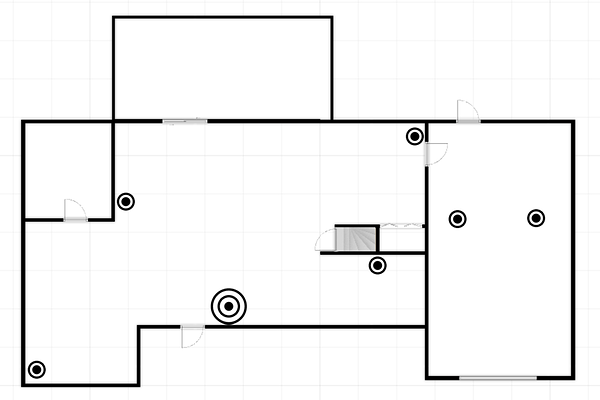Z-Wave networks are mesh networks, meaning that most devices are able to repeat commands to other devices on a Z-Wave network. The best way to improve your Z-wave network functionality is to add repeaters.
What is a repeater?
A repeater is any Z-Wave device with the ability to relay commands from one Z-Wave node to another. Typically any AC powered Z-wave device functions as a repeater. Repeaters allow Z-Wave networks to function as mesh networks.
Without repeaters, all devices would have to be within direct communication range of the Z-Wave controller, which would have a significantly reduced range.
Some battery operated devices are heavily dependent on repeaters to work. Devices such as Z-wave locks are extremely information-heavy, and repeaters help provide enough avenues for information to get back to the Z-Wave controller.
Where do I install repeater devices?
A Z-Wave command is able to make four ‘hops’ before fizzling out. This means that communication issues may exist if a Z-Wave device has more than three repeating devices between it and the Z-Wave controller in the panel or module. The controller will always look for the most efficient route to Z-Wave devices, but large, spread out networks may run into difficulty if a signal may potentially run into more than the four connections needed.
For the best quality network, a good rule of thumb is to expect to need a repeater every 20-25 feet or so in between the controller and any other devices. If a device is more than 25 feet from any other device, a repeater may be needed.
What repeaters should I use?
For an easy and functional repeating device, try a plug-in appliance module or bulb.
